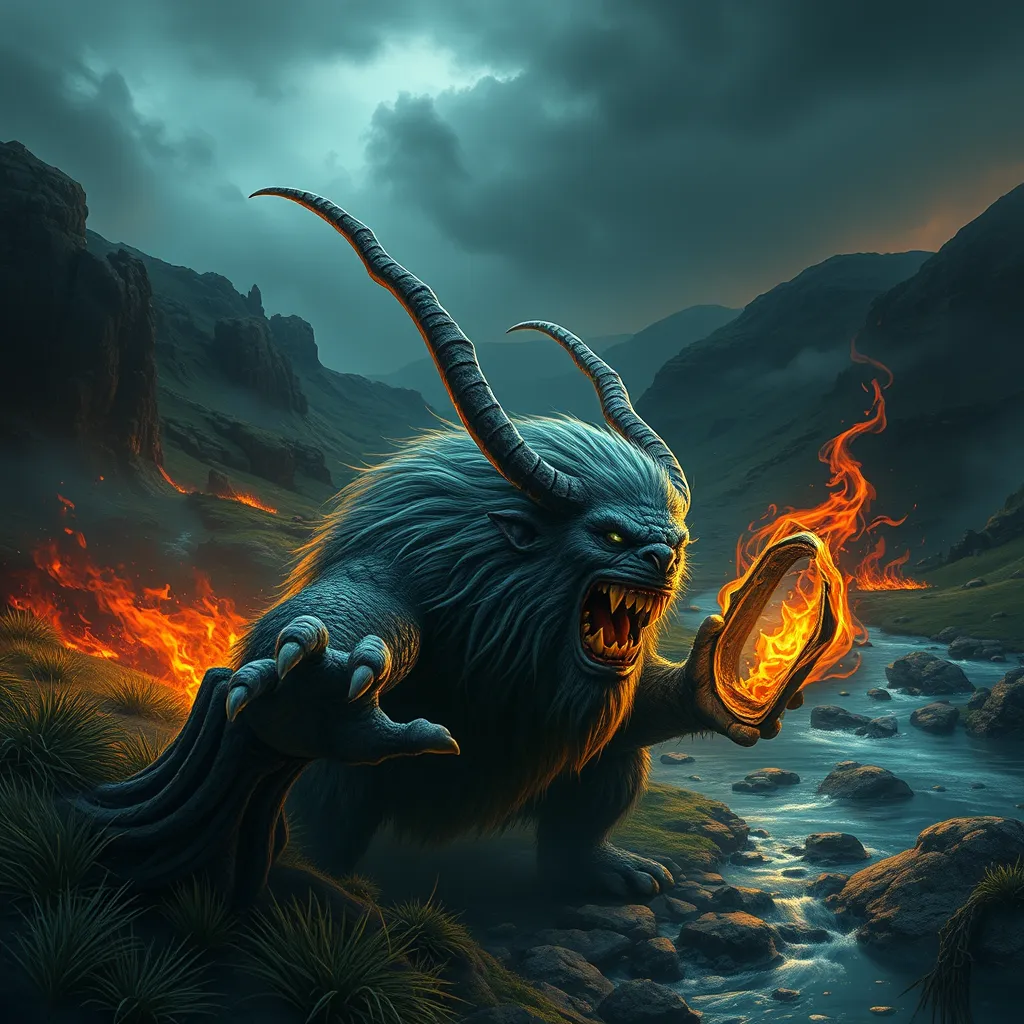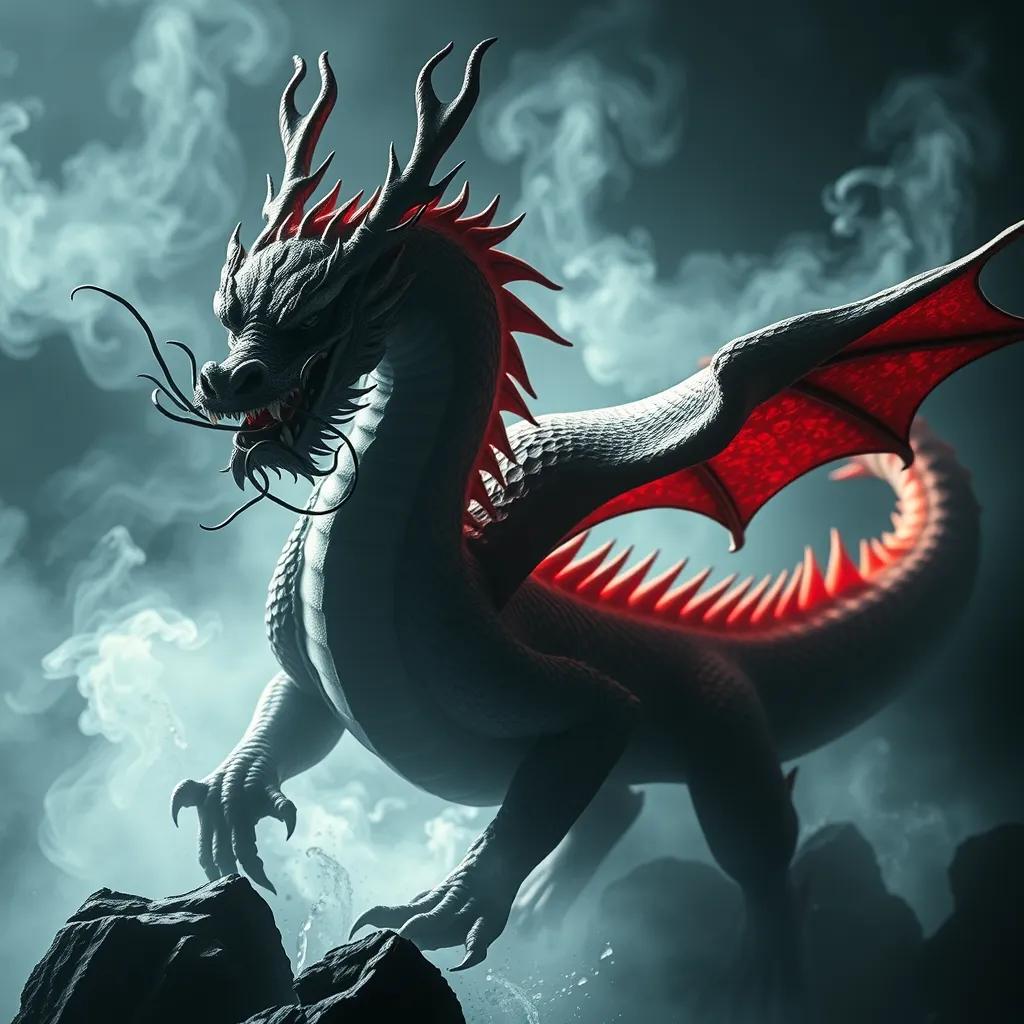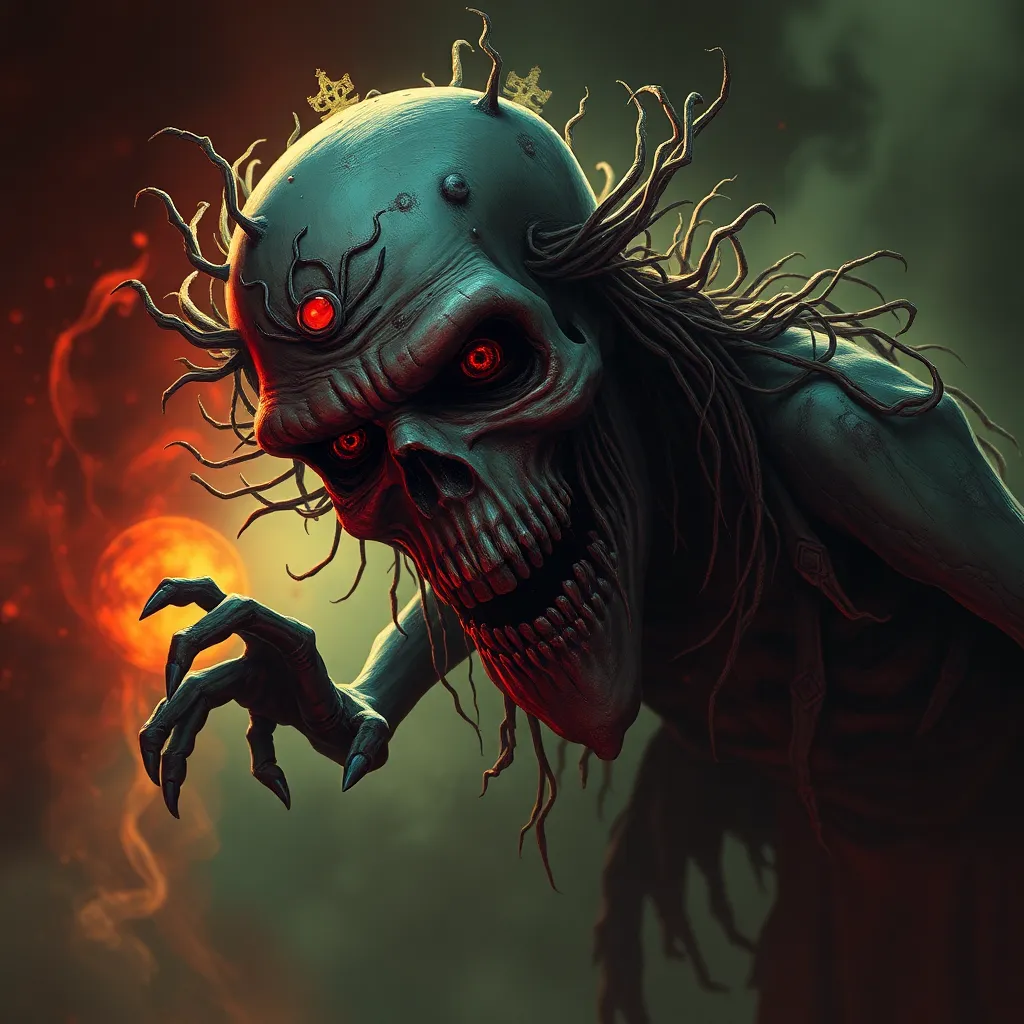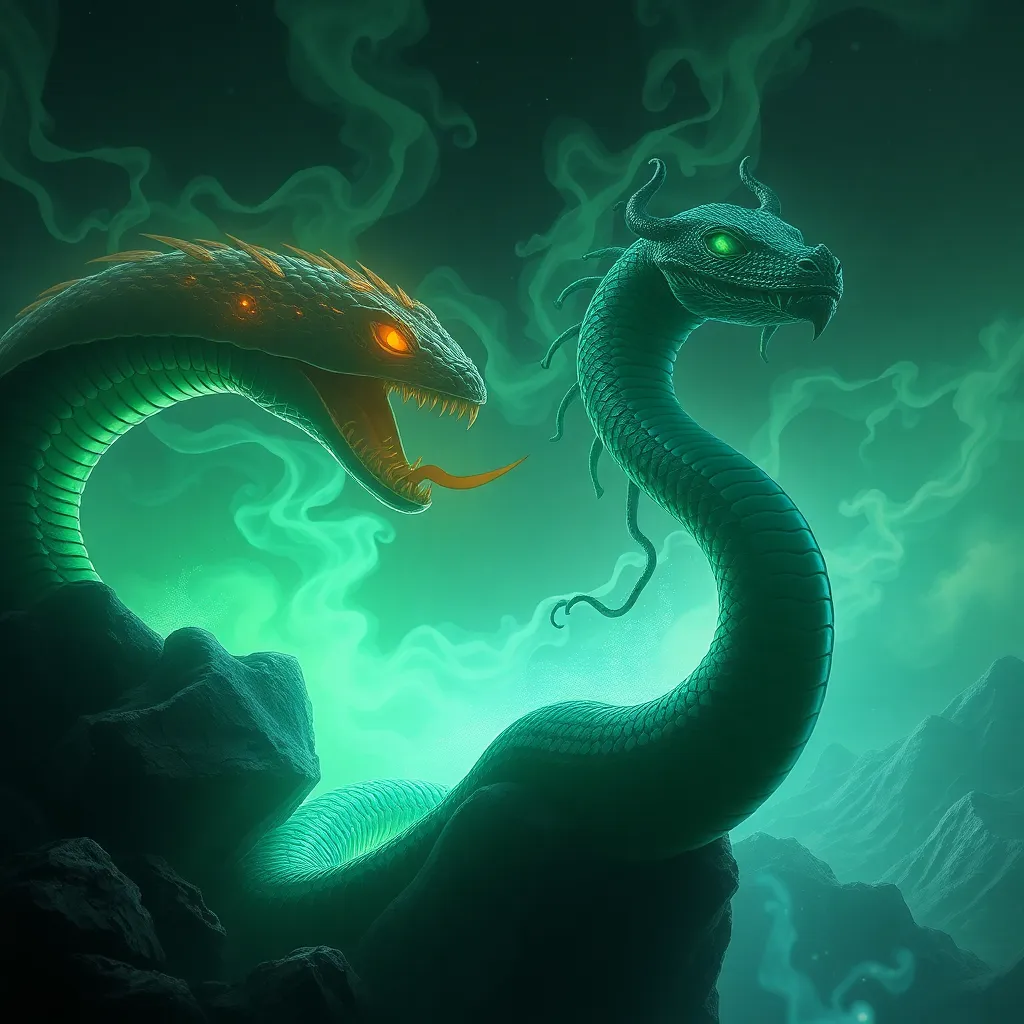Troll-Hunting in the Sagas: Tales of Courage and Folklore
I. Introduction to Trolls in Norse Mythology
Trolls, as defined in Norse mythology, are often depicted as large, brutish beings that dwell in the mountains or forests of Scandinavia. They are characterized by their immense size, supernatural strength, and sometimes, a degree of cunning. Traditionally, trolls are seen as hostile creatures, posing a threat to humans, livestock, and the natural order.
The significance of trolls in Scandinavian folklore cannot be overstated. They serve as embodiments of the wild, untamed forces of nature, and their stories reflect the fears and challenges faced by ancient Norse societies. In the sagas, trolls play crucial roles, often acting as antagonists that heroes must confront to achieve their goals and restore balance.
Through various tales, trolls symbolize the chaos of the unknown, forcing characters to demonstrate courage, intelligence, and resilience in the face of danger.
II. Historical Context of the Sagas
The Norse sagas, dating back to the 13th century, encapsulate the rich oral traditions of the Viking Age. These narratives, passed down through generations, blend historical events with legendary tales, providing a window into the values and beliefs of the time.
Storytelling held immense cultural and social importance in Viking society, serving as a means of preserving history, educating the youth, and reinforcing communal bonds. The sagas were often recited in communal gatherings, where the audience would engage with the stories, creating a shared cultural identity.
Moreover, the natural landscape of Scandinavia profoundly influenced the sagas. The rugged mountains, deep forests, and vast fjords became settings for many tales, where the supernatural and the natural world intersected. This connection between environment and narrative is essential in understanding the role of trolls within these stories.
III. Iconic Troll-Hunting Heroes
Throughout the sagas, several notable protagonists emerge as formidable troll hunters. These characters are often depicted as brave warriors, wise men, or cunning tricksters, each possessing unique qualities that aid them in their quests.
- Sigurd the Dragon Slayer: Renowned for his courage and strength, Sigurd faces trolls and other mythical beasts in his journeys.
- Grettir the Strong: A complex figure, Grettir embodies both heroism and tragedy, showcasing the struggles of battling trolls.
- Asbjorn: A cunning hero who uses wit over brute force to outsmart the trolls he encounters.
These heroes share common traits such as bravery, intelligence, and resilience. Their journeys often reflect a deeper understanding of themselves and the world around them, revealing motivations driven by personal growth, vengeance, or the desire to protect their communities.
IV. The Symbolism of Trolls
Trolls in the sagas symbolize chaos and danger, representing the wildness of nature and the unknown challenges that lie beyond the safety of civilization. They serve as obstacles that heroes must confront, embodying the fears that ancient Norse people held toward the untamed wilderness.
Moreover, trolls can also be seen as teachers. Encounters with these creatures often lead to significant lessons for the protagonists, highlighting the importance of wisdom, cleverness, and adaptability. The duality of trolls as both adversaries and mentors enriches the narrative, offering psychological interpretations of the characters’ struggles.
V. Famous Troll-Hunting Episodes in the Sagas
Several key episodes in the sagas depict thrilling encounters with trolls, showcasing the creativity of Norse storytelling. One notable tale is that of Grettir’s Saga, where Grettir confronts the fearsome troll, Glamr. His battle involves not just physical strength but also strategic thinking, illustrating the blend of magic and cunning that characterizes many troll-hunting stories.
In these tales, magic often plays a crucial role. Heroes might use enchanted weapons, clever spells, or even the element of surprise to outwit their foes. The lessons learned from these encounters often revolve around the importance of wisdom over strength, emphasizing that intelligence can prevail where brute force may fail.
VI. The Role of Women in Troll-Hunting Tales
While many troll-hunting tales focus on male heroes, female characters also play vital roles in these narratives. Women in the sagas often possess unique qualities that contribute significantly to the outcomes of the tales.
- Skuld: A powerful sorceress who uses her magic to challenge heroes, representing both the allure and danger of the supernatural.
- Gudrun: Showcasing resilience and cunning, Gudrun navigates her challenges with intelligence and emotional strength.
The exploration of gender dynamics in troll-hunting sagas reveals a complex relationship between male and female characters, often highlighting collaboration, conflict, and mutual dependency. Noteworthy examples of female troll hunters showcase the agency and strength of women in a predominantly male-oriented narrative landscape.
VII. Modern Interpretations and Adaptations
The influence of troll-hunting sagas extends into contemporary literature and media, where themes of courage, adventure, and the struggle against chaos resonate with modern audiences. Popular films, novels, and television series often draw inspiration from these ancient tales, reinterpreting them for new generations.
Modern storytelling sometimes reflects traditional themes while diverging in character development and plot structure. For instance, contemporary adaptations may emphasize diverse perspectives, gender equality, and moral ambiguity that were less pronounced in the original sagas. This evolution illustrates the adaptability of folklore in addressing current societal values and issues.
Recently, there has been a resurgence of interest in folklore, as audiences seek to reconnect with cultural heritage and explore the timeless lessons contained within these stories.
VIII. Conclusion: The Enduring Legacy of Troll-Hunting Tales
The cultural significance of troll-hunting tales endures, offering insights into the values, fears, and aspirations of both ancient and modern societies. These stories not only entertain but also provoke thought about the nature of courage, the complexities of human emotion, and the interplay between civilization and the wild.
Folklore continues to shape modern identity, influencing literature, art, and popular culture, while reminding us of the creativity and resilience embodied by the heroes of the sagas. As we reflect on these tales, we recognize that the struggles against chaos and the pursuit of knowledge remain relevant in our contemporary lives.



